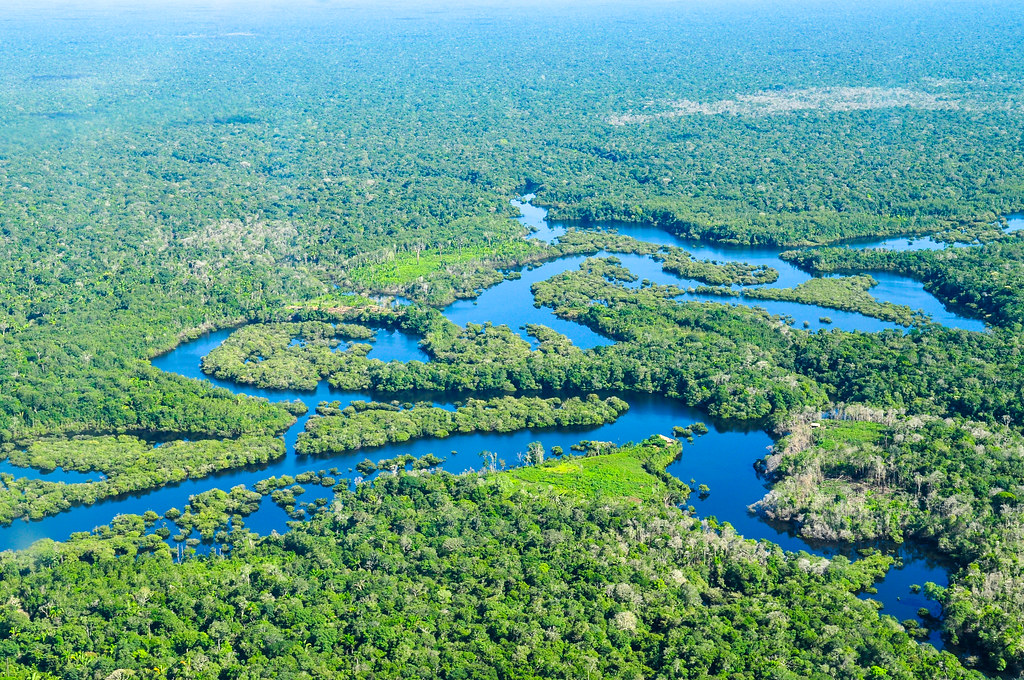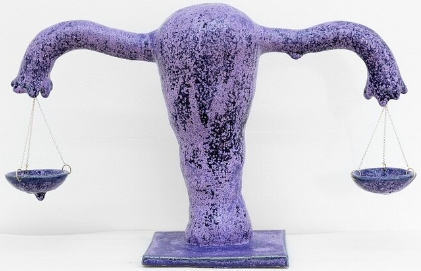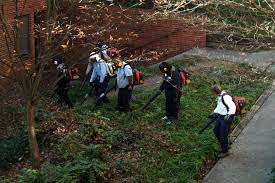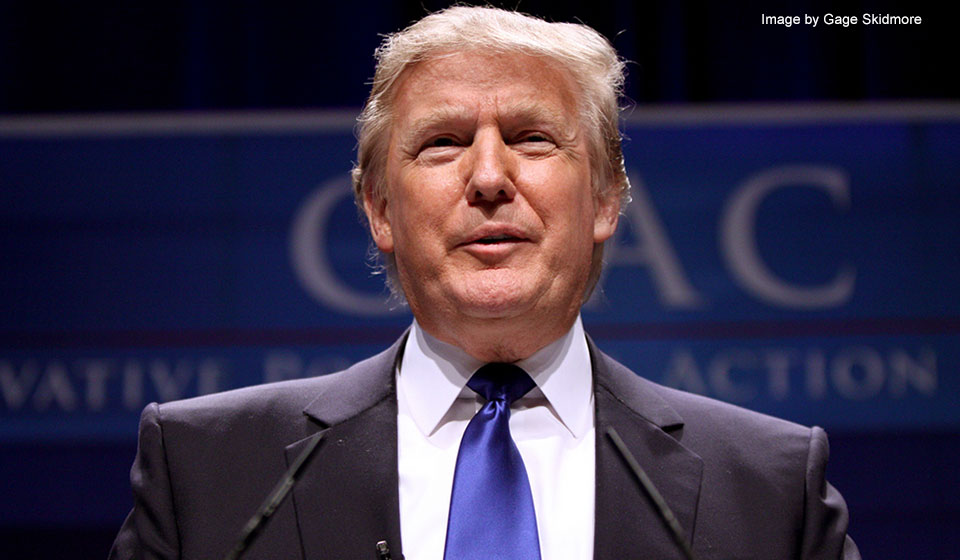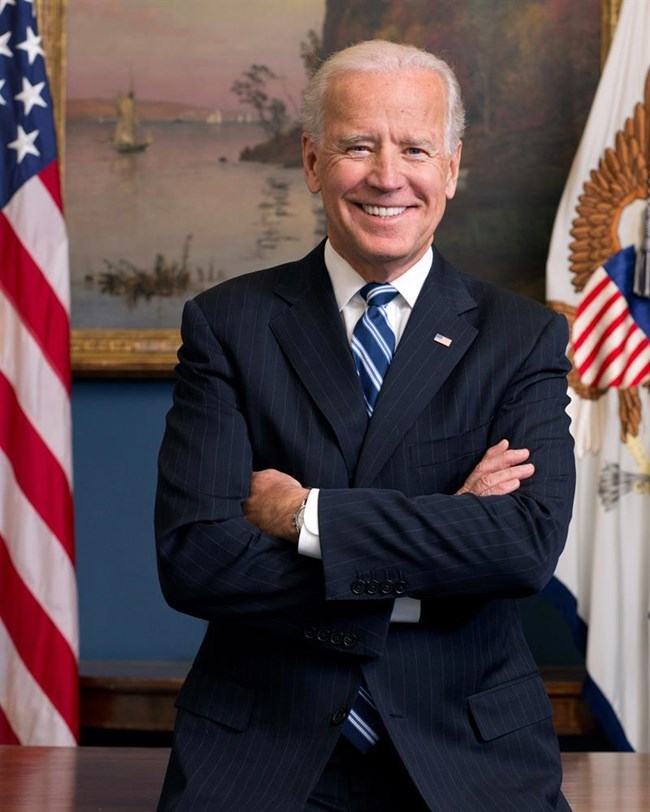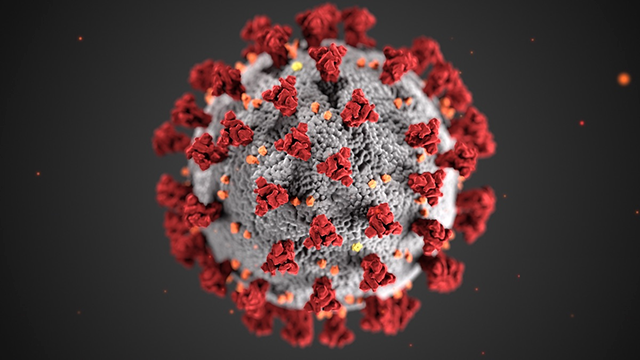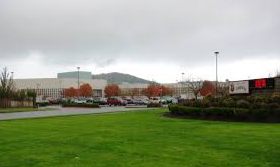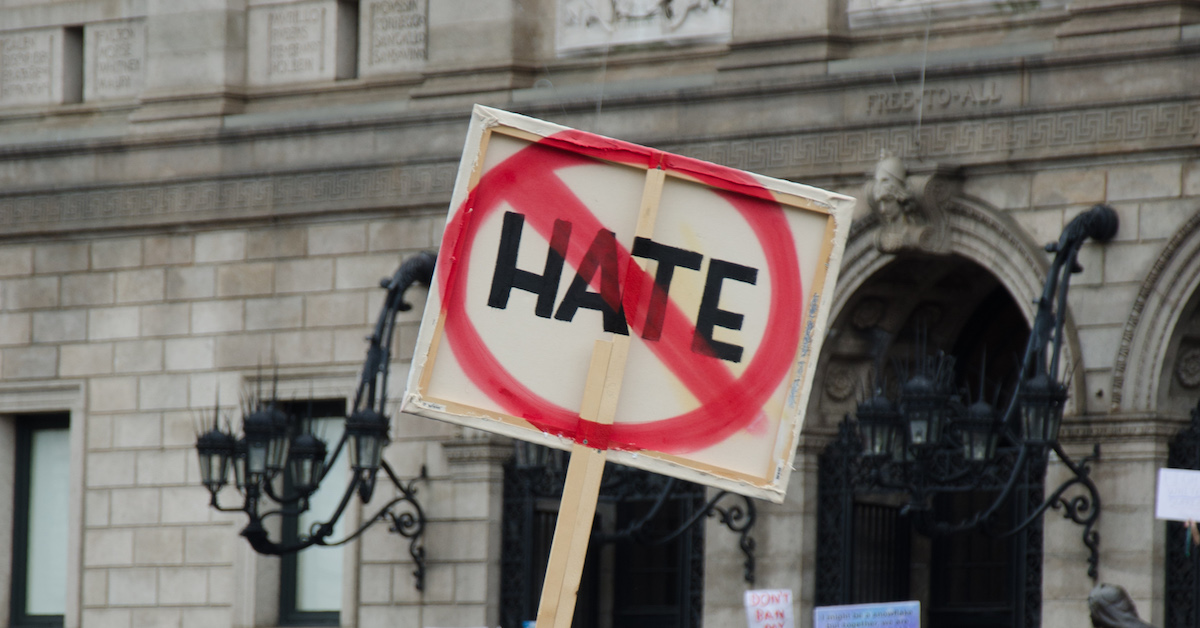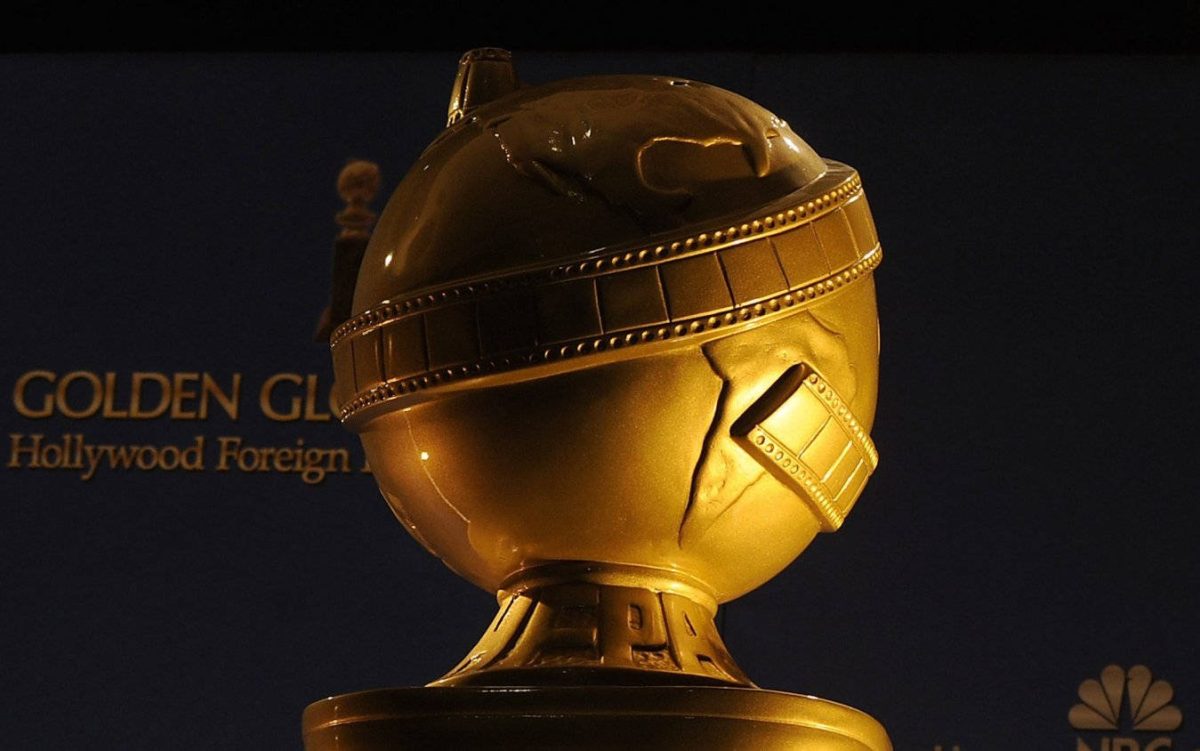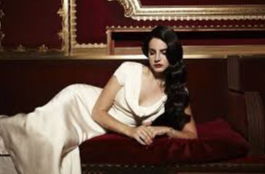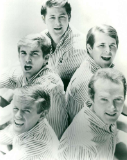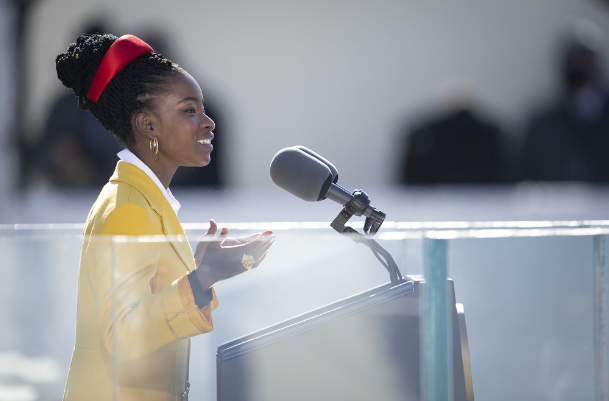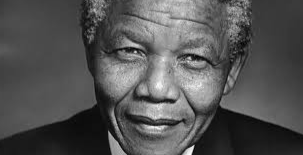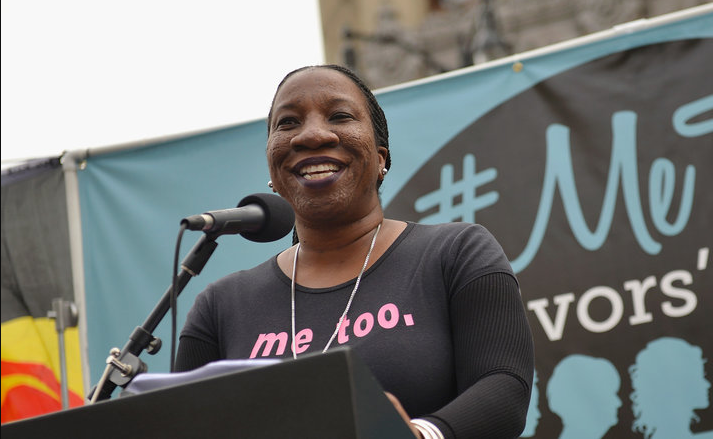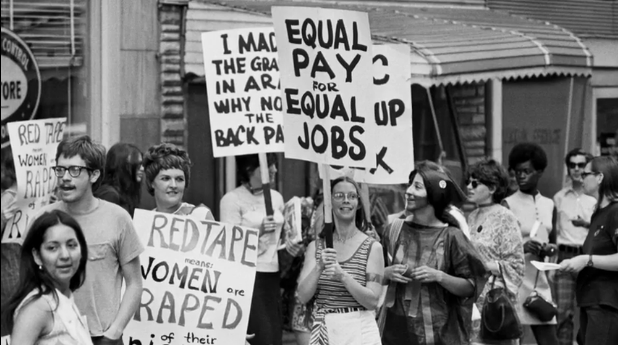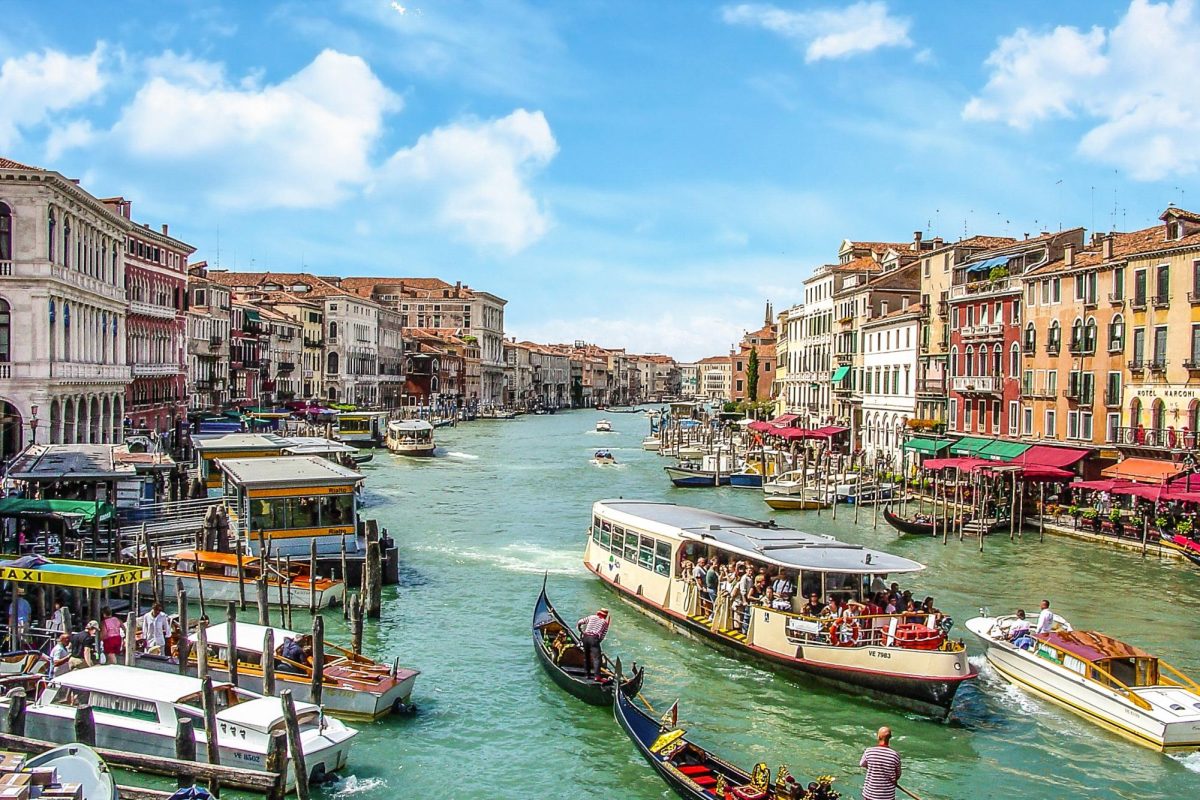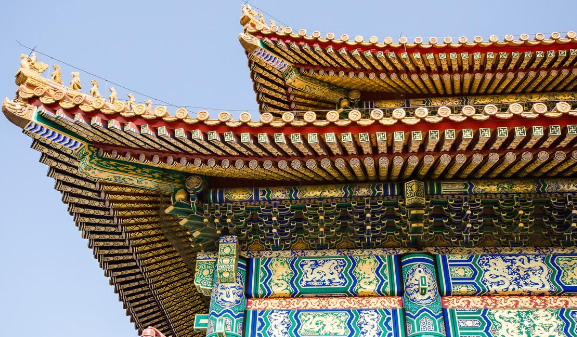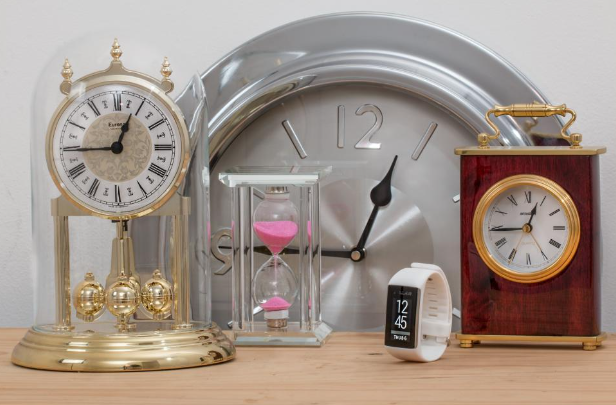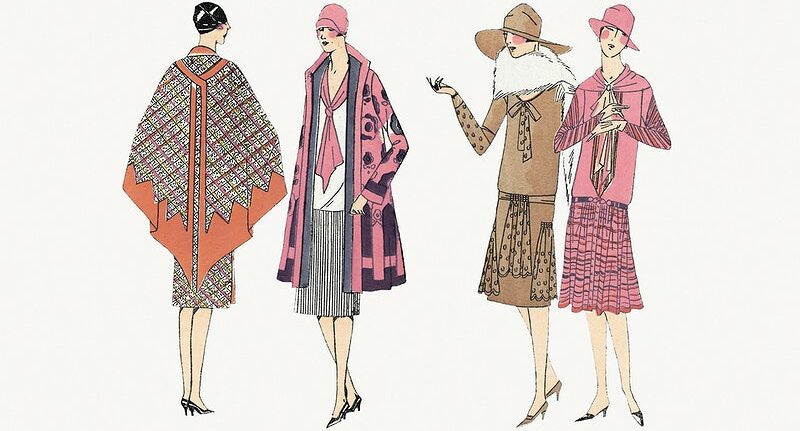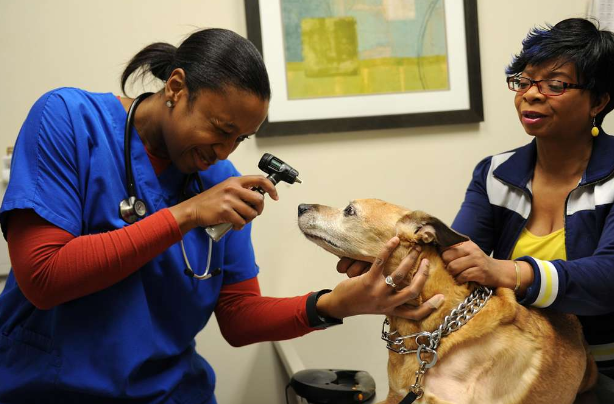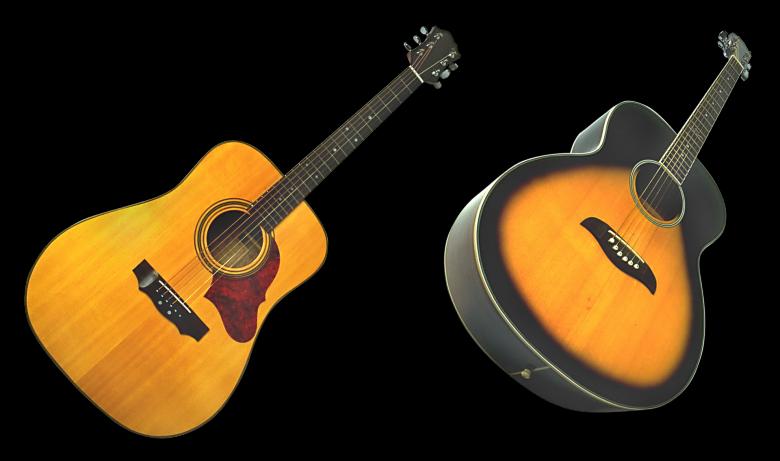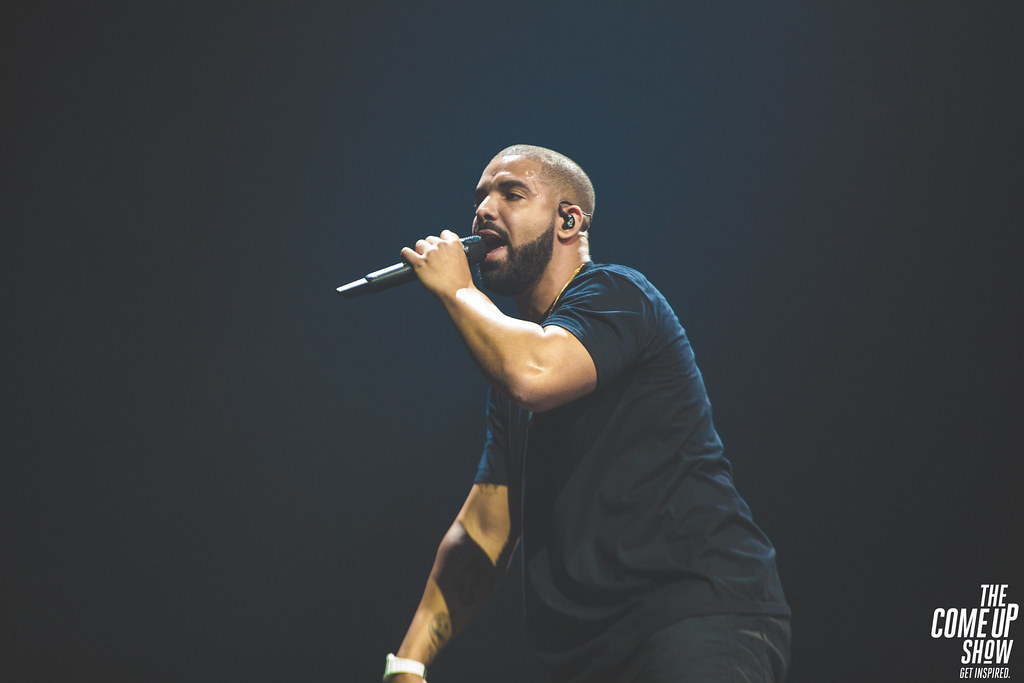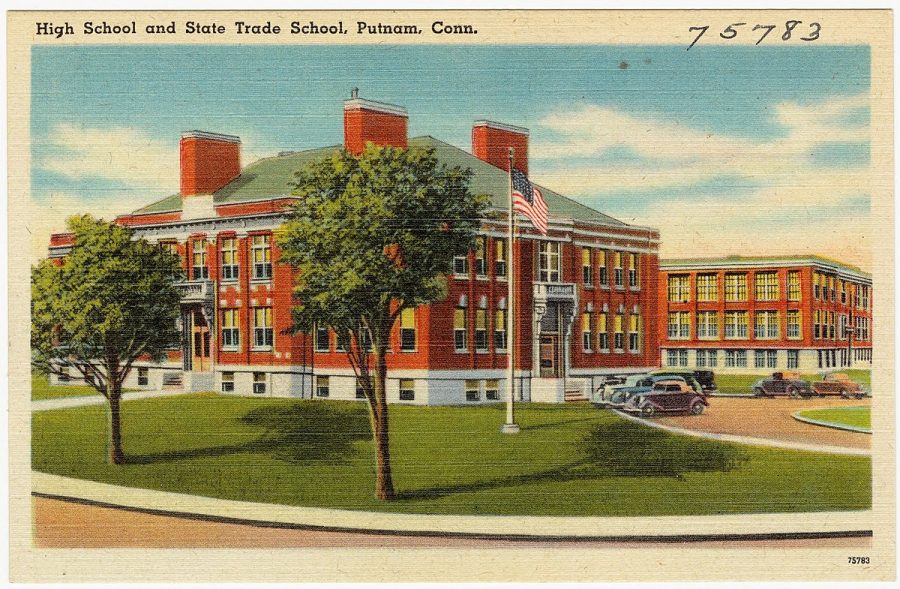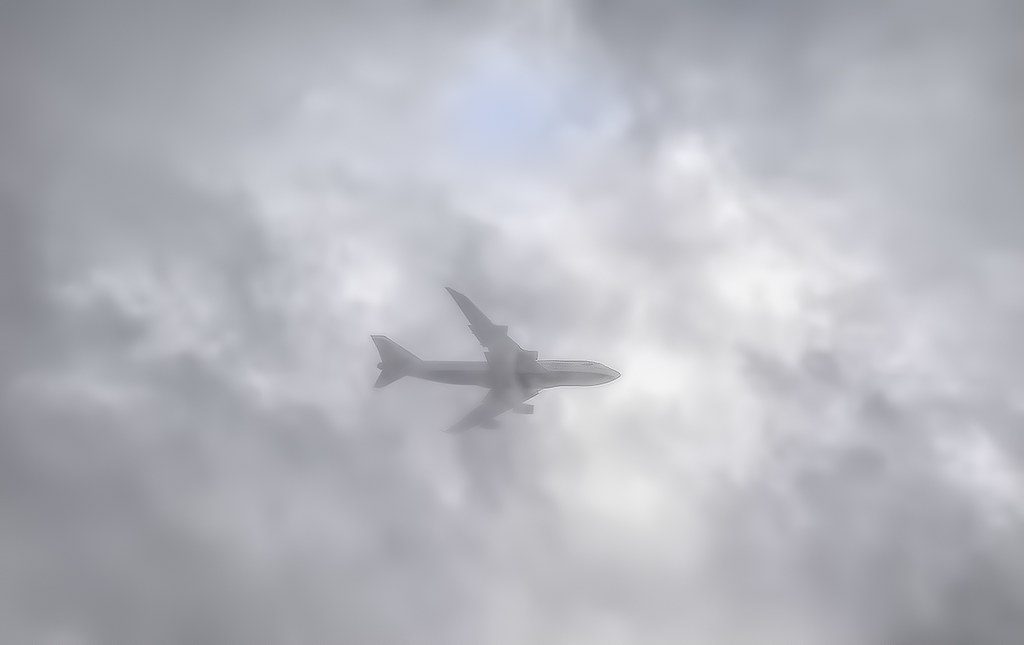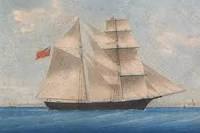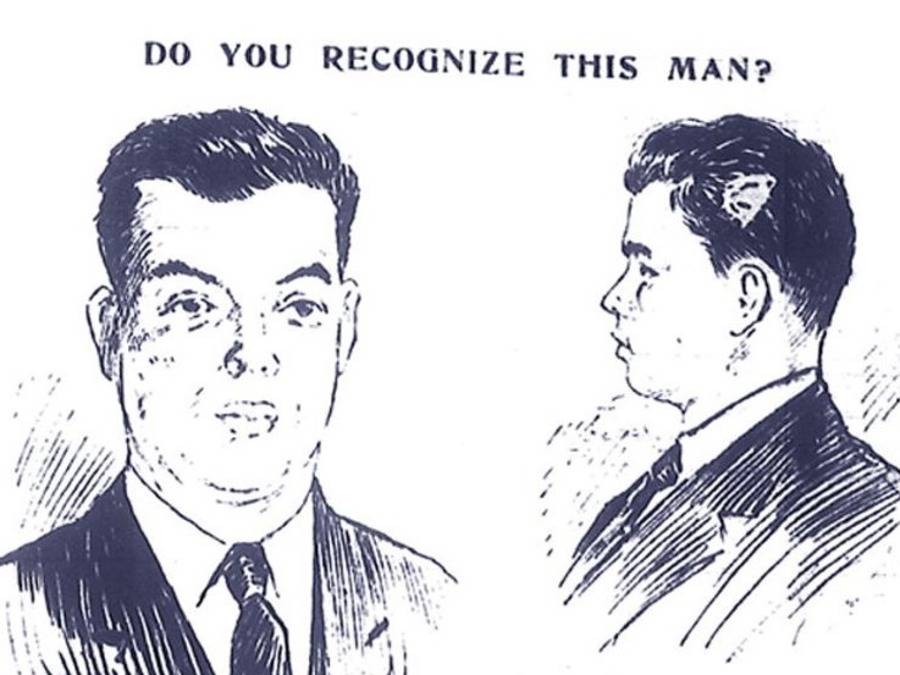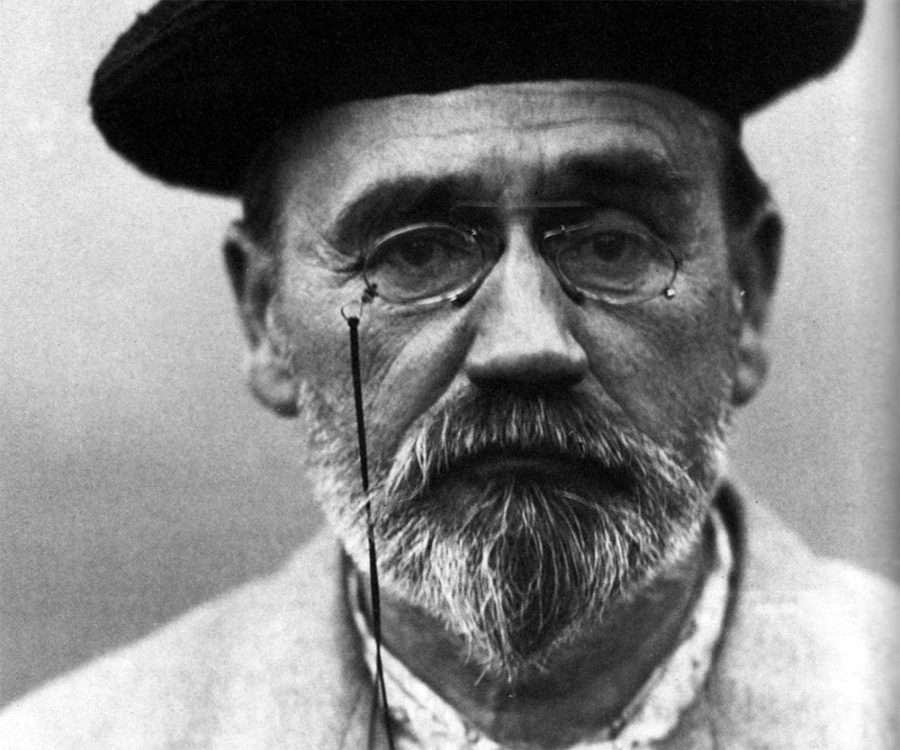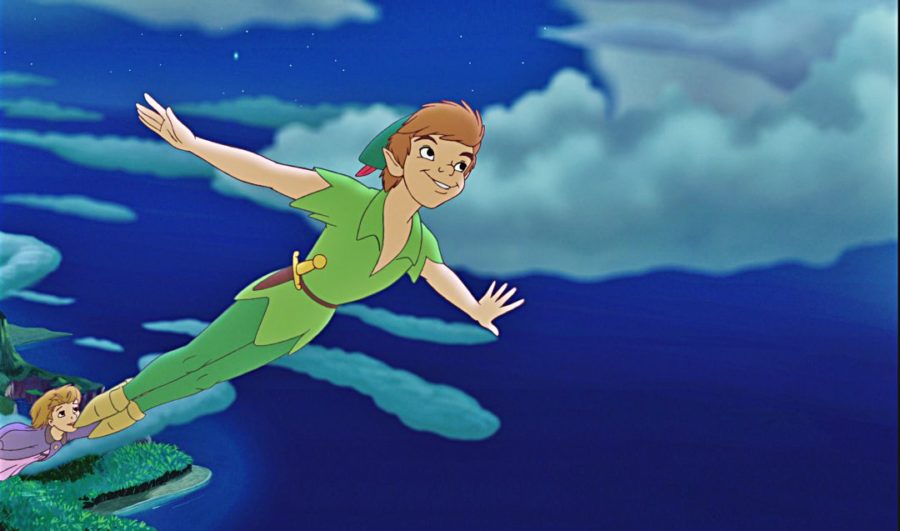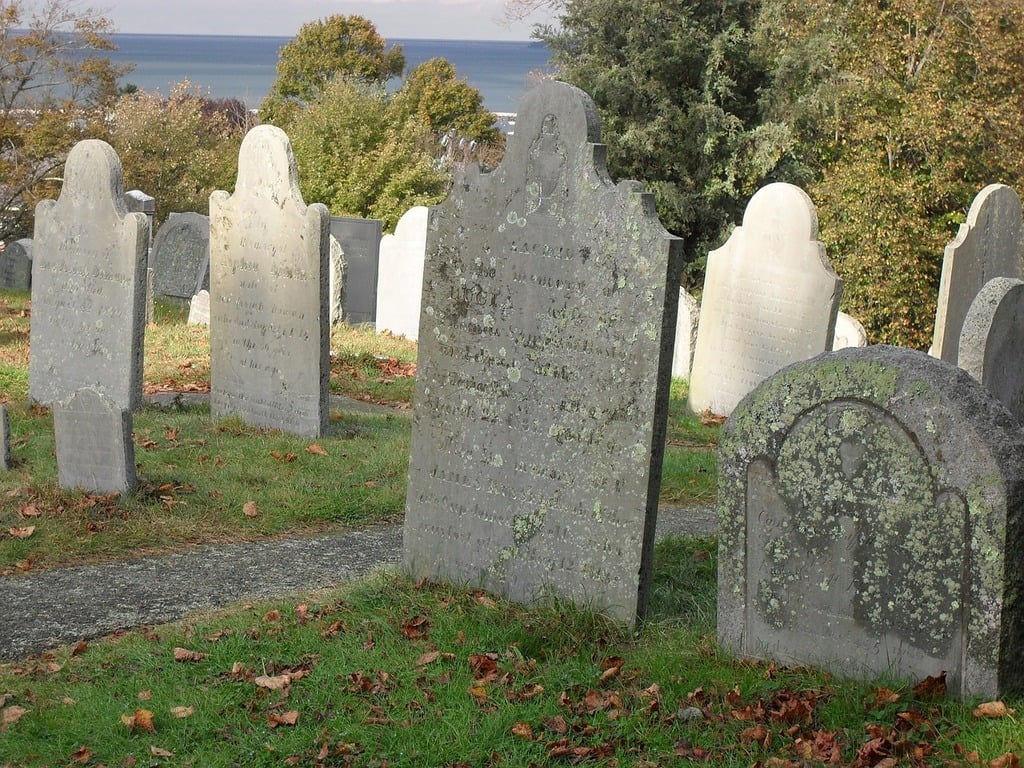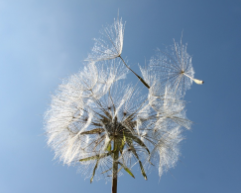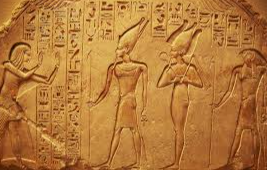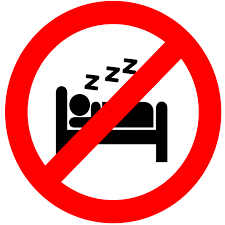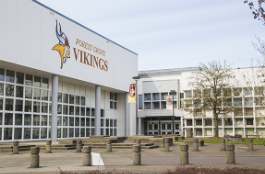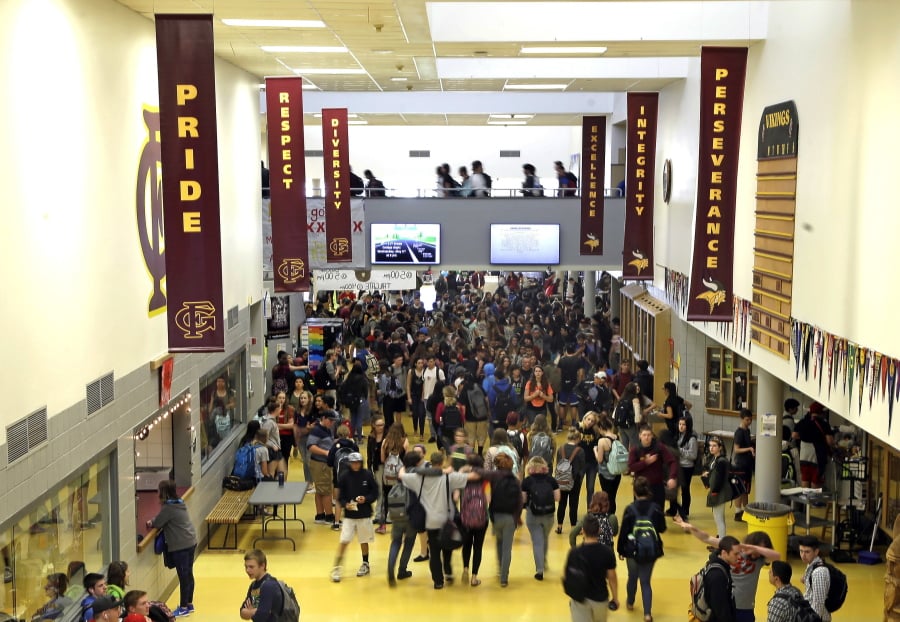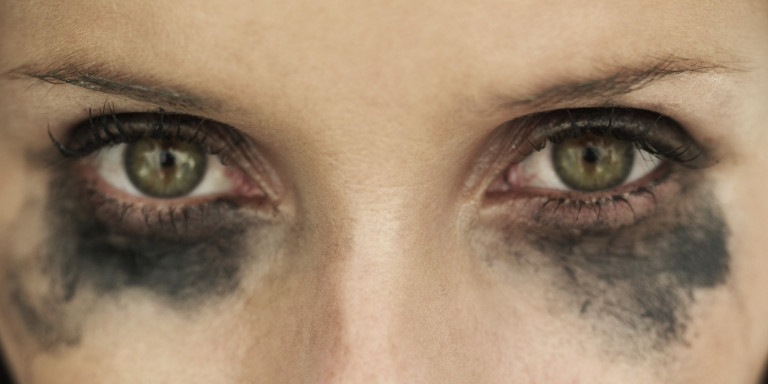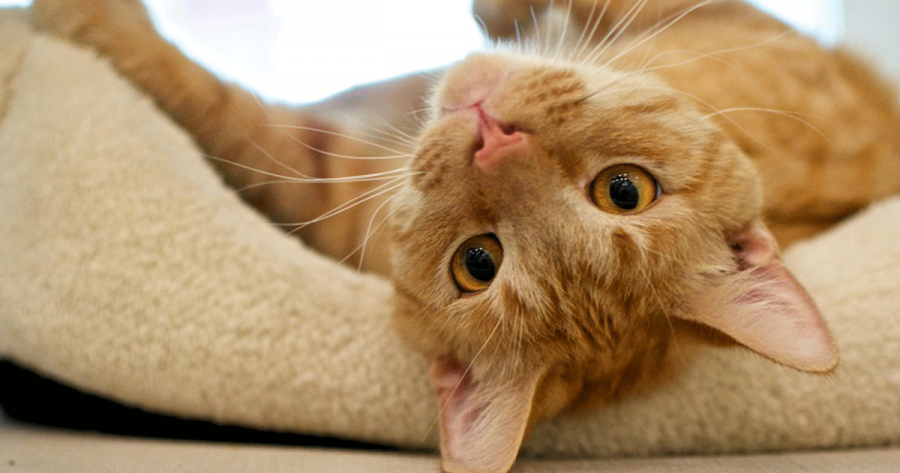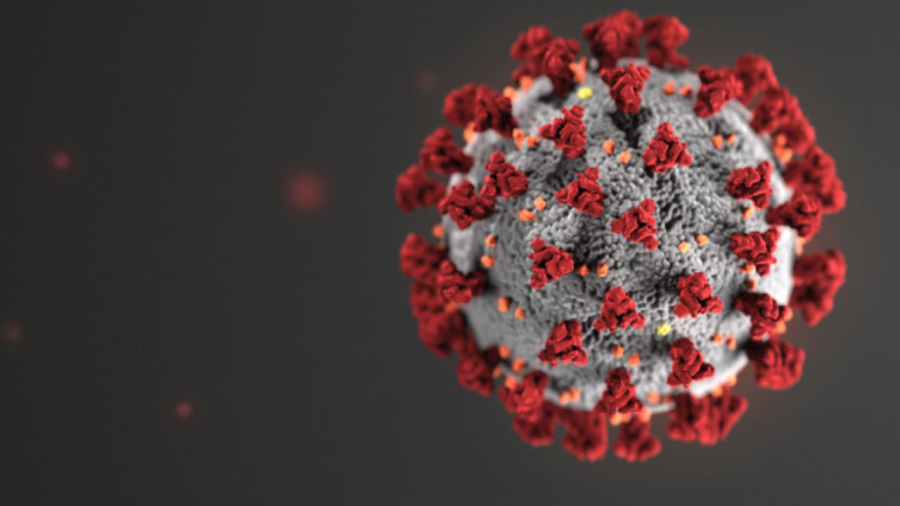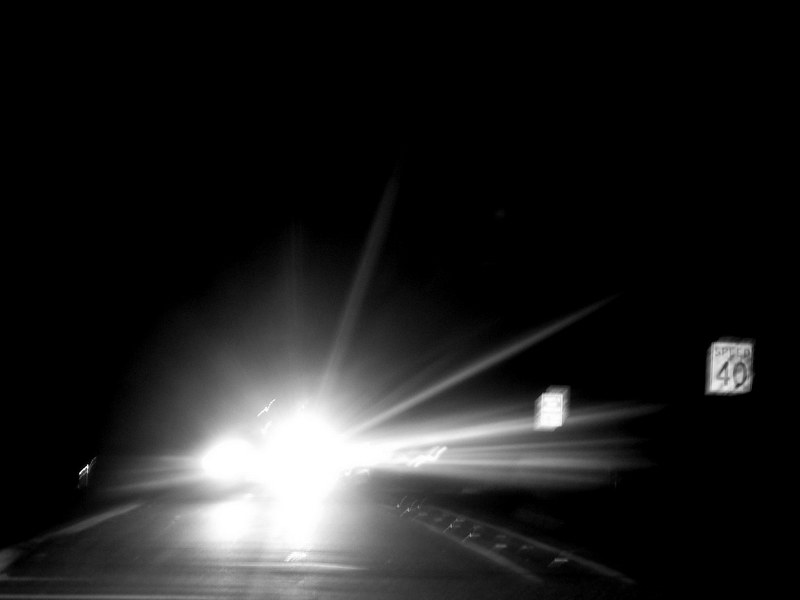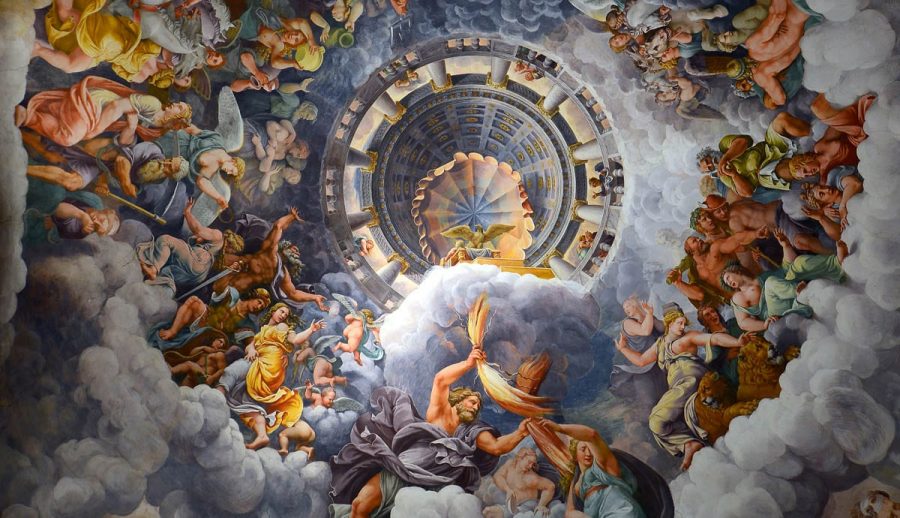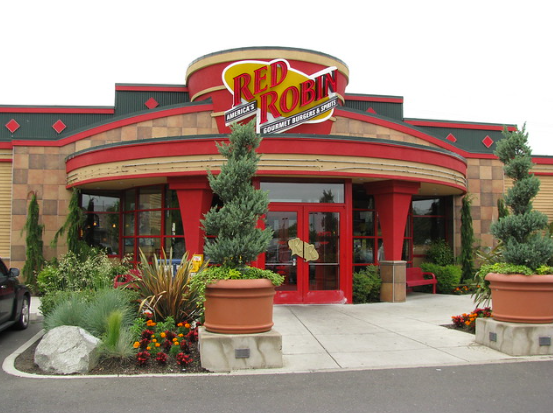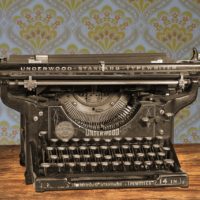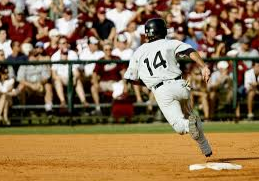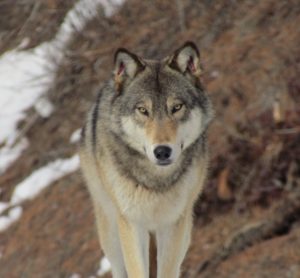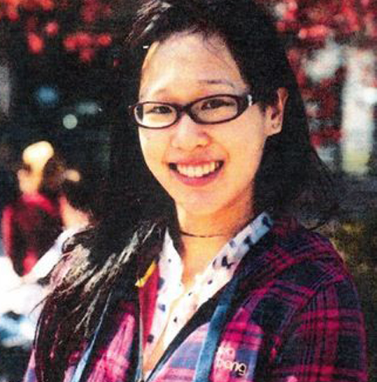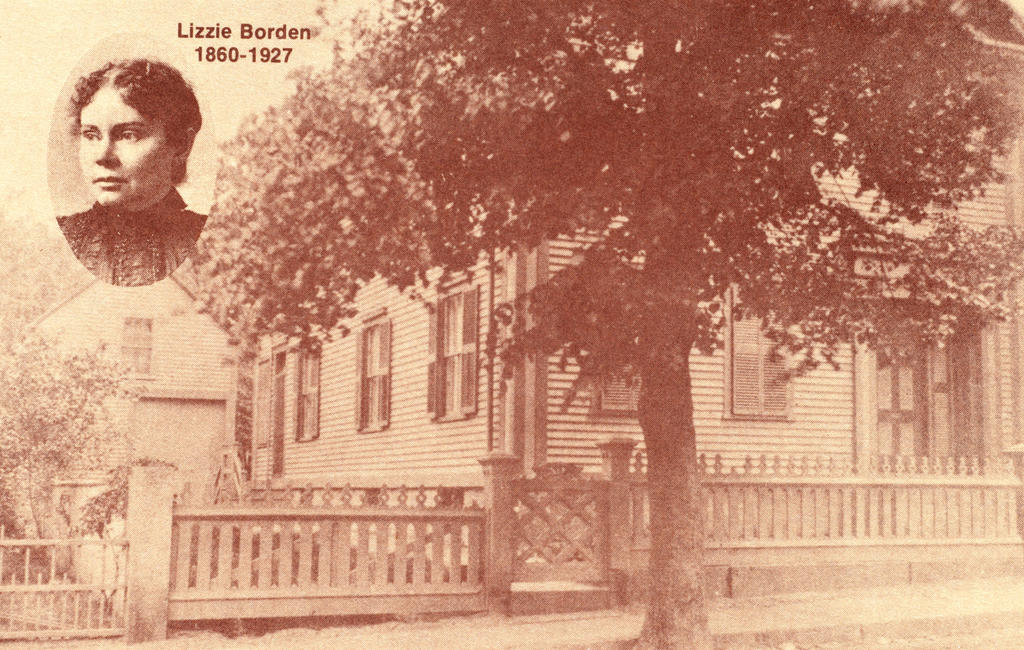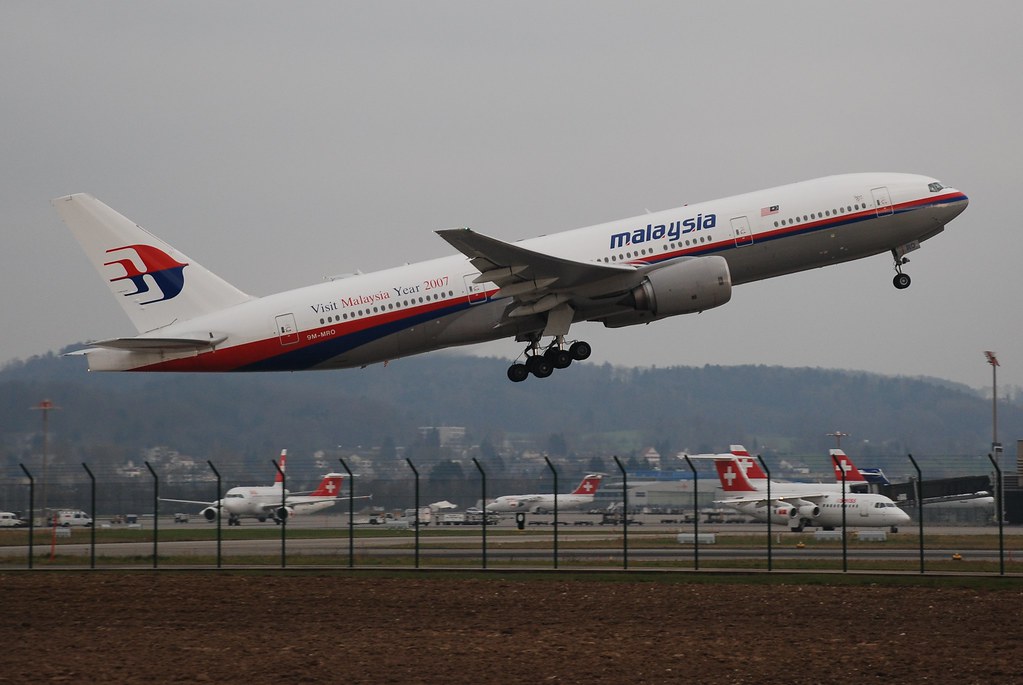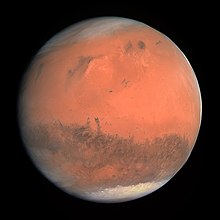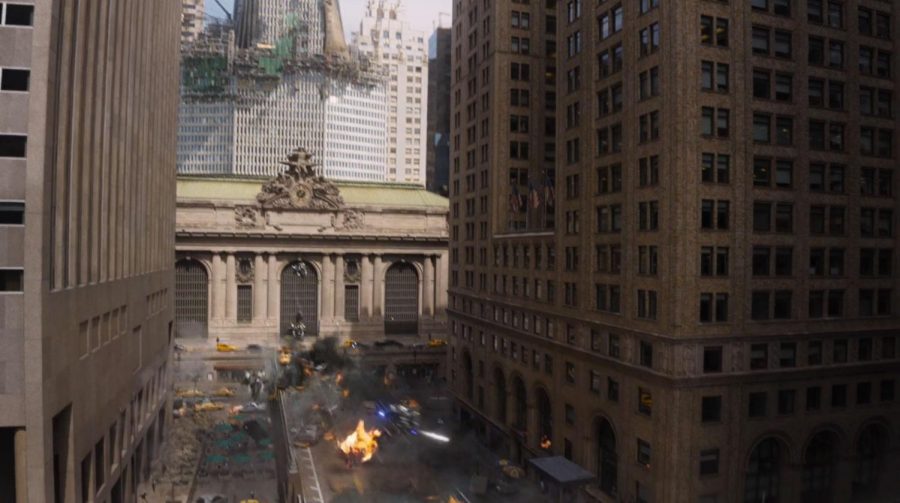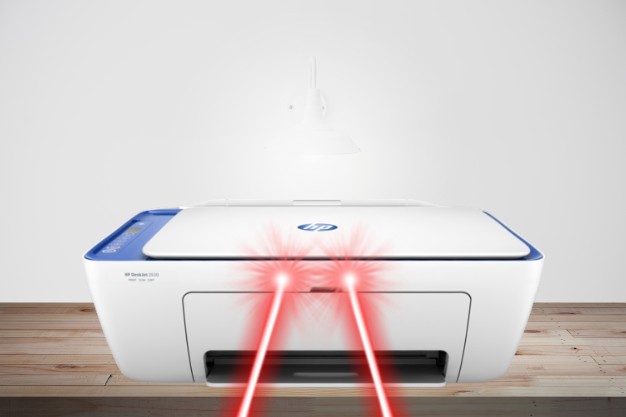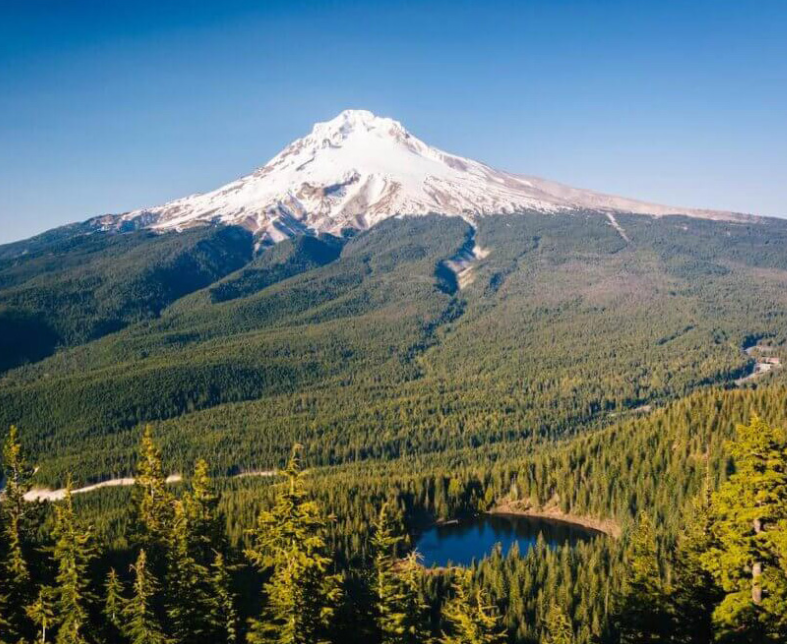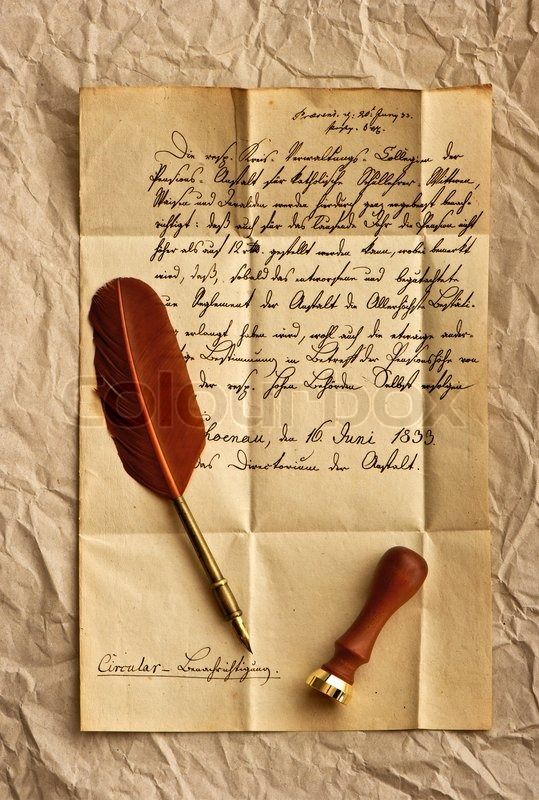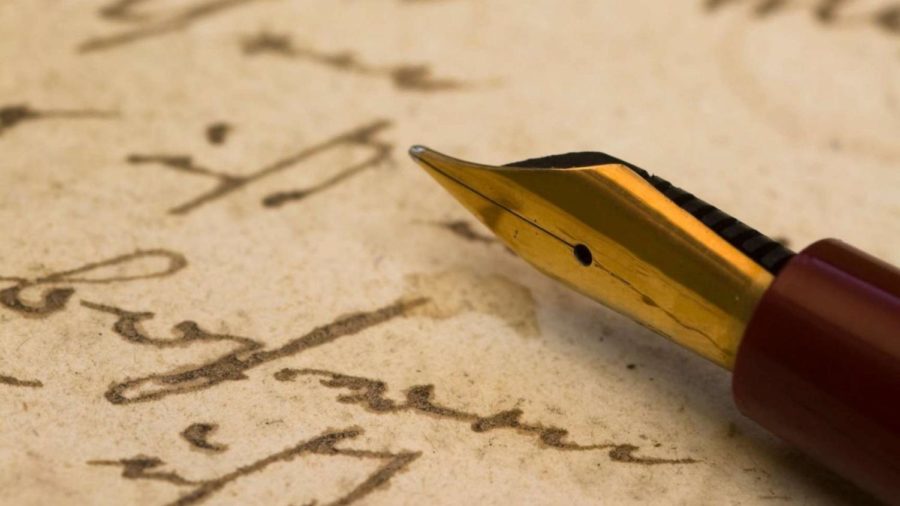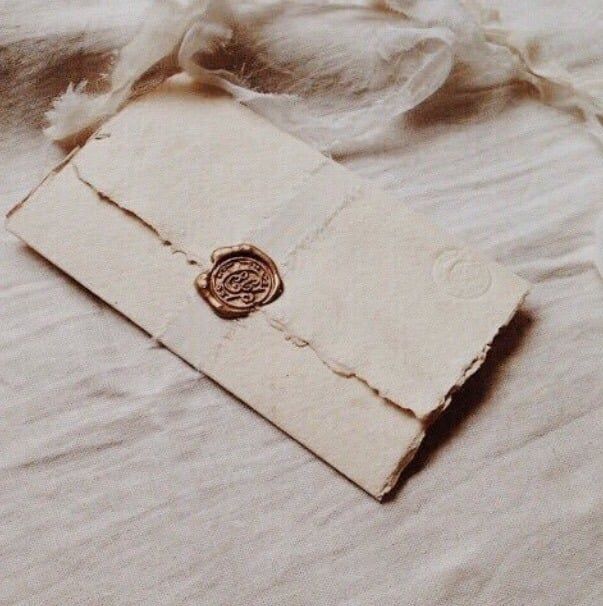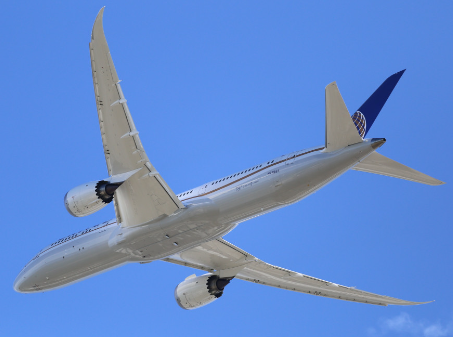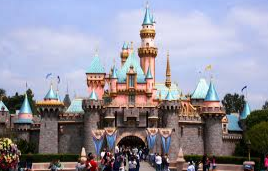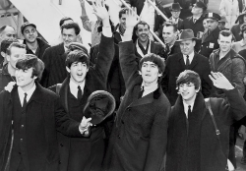Since the beginning of time, people have been inspired by things in nature. Humans have wanted to fly like birds, and it took a lot of experiments to finally develop the airplane. According to Britannica’s “History of Flight” by Roger E. Bilstein and Tom D. Crouch, “The dream of human flight must have begun with observations of birds soaring through the sky.”
Before creating the airplane, people had to investigate and learn about scientific principles that would help them build a flying machine. According to Britannica’s “History of Flight” article, “George Cayley found the secrets of lift in the shape of a bird’s wing…his observations of birds in flight led him to recognize the superiority of relatively long and narrow…wings for soaring.” Many scientists helped gather the data needed to design and build a flying machine. Some of these people were “Leonardo da Vinci, Galileo Galilei, Christiaan Huygens, Isaac Newton,…Daniel Bernoulli, Leonard Euler, and John Smeaton…provided information that enabled a later generation of engineers to calculate aerodynamic forces,” said Britannica.
After taking measurements and learning about flight, people started to build the first flying machines. According to The Wright Brothers Aeroplane Company’s article titled “A History of The Airplane,” “Before the time [of airplanes], men and women tried to navigate the air by imitating birds. They built wings to strap onto their arms, or machines with flapping wings called ornithopters.” But since people are heavier than birds, that method did not work. So, people tried other ways to fly. One way was by using a hot air balloon to float into the sky. “Beginning in 1783, a few aeronauts made daring, uncontrolled flights in lighter-than-air balloons, filled with either hot air or hydrogen gas,” said the Wright Brothers Aeroplane Company’s article. Hot air balloons could lift people off the ground, but they were very hard to control. People came up with more controllable flying machines. “Sir George Cayley also built the first true airplane- a kite mounted on a stick with a moveable tail,” said the article “A History of Airplanes.” According to Britannica’s “History of Flight,” “Alphonse Penaud was the first to produce an inherently stable aircraft, the Planophore [built in 1871] featured a pusher propeller powered by twisted rubber bands.”
Now that people could build a machine that could fly, they wanted to make one that a person could ride in. The first ones were small, lightweight gliders that the pilot strapped himself into. The article from The Wright Brothers Aeroplane Company said, “In 1894, Sir Hiram Maxim made a successful takeoff in a biplane… At the same time, Otto Lilienthal made the first controlled flights, shifting his body weight to steer a small glider. Inspired by his success, Wilbur and Orville Wright experimented with aerodynamic surfaces.”
The famous Wright Brothers began gathering information to start designing their flying machines. They were inspired by previous experimenters, and the brothers did some research about them. The National Air and Space Museum’s article titled “Researching the Wright Way” said, “Otto Lilienthal compiled and published a table…that became quite well known and was the starting point for the Wright Brothers.” According to Britannica’s article, “Beginning in November 1901, the Wright brothers used a wind tunnel of their own design to gather information…and to measure the performance of wings with different aspect ratios, tip shapes, and other design features”.
The brothers built their first glider in 1899. According to The National Air and Space Museum, “The Wrights combined their wing-warping control concept and the structural design of Octave Chanute and August Herring’s 1891 glider, in [the Wrights’] first aircraft; a biplane kite with a five foot wingspan.” This glider had a lot of problems, so the Wrights conducted more investigations. The article “Researching the Wright Way” said, “To produce the required lift, the Wrights’ data and calculations showed that the model wing needed to be at an angle to the wind more than three times greater than what Lilienthal’s data had predicted.” The Wrights’ data was more accurate, so they used it to build their next glider. “The 1900 glider was the Wrights’ first piloted aircraft…the Wrights managed two minutes of free flying”. Then the Wright Brothers wanted to build a glider that used an engine. “Charlie Taylor, a mechanic the Wrights hired in 1901 to work in their bicycle shop, helped design the engine…and tested it for the first time on February 12 in 1903,” said the National Air and Space Museum. The Wright brothers improved their design even more by adding propellers to the glider. “To make the propellers rotate in opposite directions, they simply twisted one of the two chains in a figure eight,” said the article “Researching the Wright Way.” Also, according to the National Air and Space Museum, “The 1903 Wright Flyer made four flights at Kitty Hawk…the best covering 852 feet in 59 seconds. It was the first heavier-than-air, powered aircraft to make a sustained, controlled flight with a pilot aboard.”
In conclusion, the airplane was invented by many people that had one thing in common; they all had the dream of flight. From people trying to imitate birds, to flying in a powered aircraft, the airplane is an invention that has developed a lot over time. “The work of the Wright brothers inspired an entire generation of flying machine experimenters” said Britannica’s article “History of Flight.”

